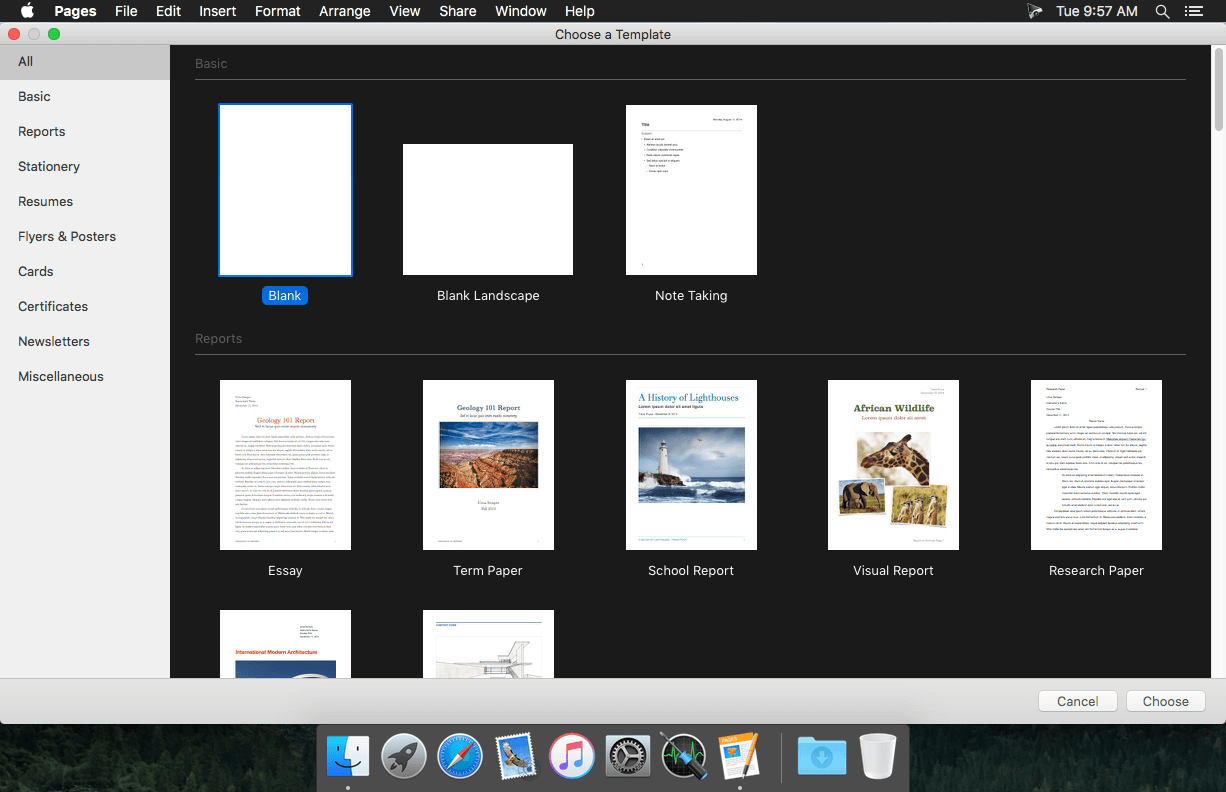
Pearson collects information requested in the survey questions and uses the information to evaluate, support, maintain and improve products, services or sites develop new products and services conduct educational research and for other purposes specified in the survey. Pearson may offer opportunities to provide feedback or participate in surveys, including surveys evaluating Pearson products, services or sites. We use this information to complete transactions, fulfill orders, communicate with individuals placing orders or visiting the online store, and for related purposes.

Online Storeįor orders and purchases placed through our online store on this site, we collect order details, name, institution name and address (if applicable), email address, phone number, shipping and billing addresses, credit/debit card information, shipping options and any instructions. We use this information to address the inquiry and respond to the question. To conduct business and deliver products and services, Pearson collects and uses personal information in several ways in connection with this site, including: Questions and Inquiriesįor inquiries and questions, we collect the inquiry or question, together with name, contact details (email address, phone number and mailing address) and any other additional information voluntarily submitted to us through a Contact Us form or an email. Please note that other Pearson websites and online products and services have their own separate privacy policies. This privacy notice provides an overview of our commitment to privacy and describes how we collect, protect, use and share personal information collected through this site. Pearson Education, Inc., 221 River Street, Hoboken, New Jersey 07030, (Pearson) presents this site to provide information about Peachpit products and services that can be purchased through this site.
WORD 2016 FOR MAC HOW TO VIEW SINGLE PAGE MANUALS
As such, it is especially useful in long documents, such as manuals and reports. Introduced in Office 2004, you can use the navigation pane to quickly move to any page or heading in the current document.

Changing viewsĬhanging the layout often requires that you view a document in different ways.

They'll be referred to throughout the chapters in Part II of this book.įigure 3.1 The Word window. If this is the first time you've used Word, you should start by familiarizing yourself with the Word window and its components ( Figure 3.1). Other chapters in Part II explain document and text formatting, how to include images in your Word documents, designing tables, and employing more advanced features to create professional-looking documents for use in home, school, and business. While you can get along fine without mastering the material in this chapter, having a familiarity with it will make your Word experience more productive. However, because many of these features and techniques are common to all Office applications, they've already been discussed at length in Chapter 1.Įxpanding on the material in Chapter 1, this chapter covers additional elementary features that are specific to Word. Normally, the first chapter in a Part covers a program's basic features, such as how to create, open, and save documents, edit text, and the like. For more information on Microsoft Office, visit our Microsoft Office Newsletter.


 0 kommentar(er)
0 kommentar(er)
